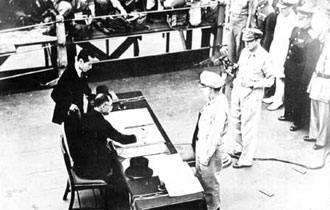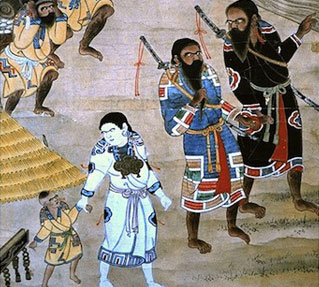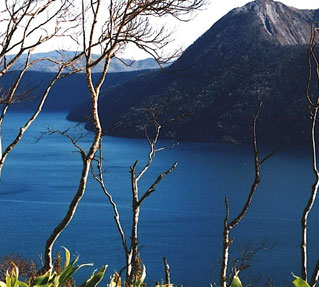State Shinto
Term used chiefly after 1945 for those Shinto ideas, rituals, and institutions that were fostered by the government to create belief in the divinity of the emperor and the uniqueness of Japan's "national polity" (kokutai). State Shinto began in 1868, when the Meiji government proclaimed as its goal the "unity of religious ritual and government administration," established the Shinto Worship Bureau, and called for the complete separation of Shinto and Buddhism. The formal structure of State Shinto was created in 1871 with decrees declaring that shrines were places for the observance of "national rites," that is, they were government institutions; that priests were to be appointed by the government; and that all citizens must register with their local shrines. State Shinto ended abruptly in 1945 when General Douglas MacArthur ordered the Japanese government to dissociate itself from all shrine affairs. This principle of separation of church and state was incorporated into the 1947 constitution. (adapted from Japan: An Illustrated Encyclopedia. Tokyo: Kodansha, 1993)
There is currently no content classified with this term.











